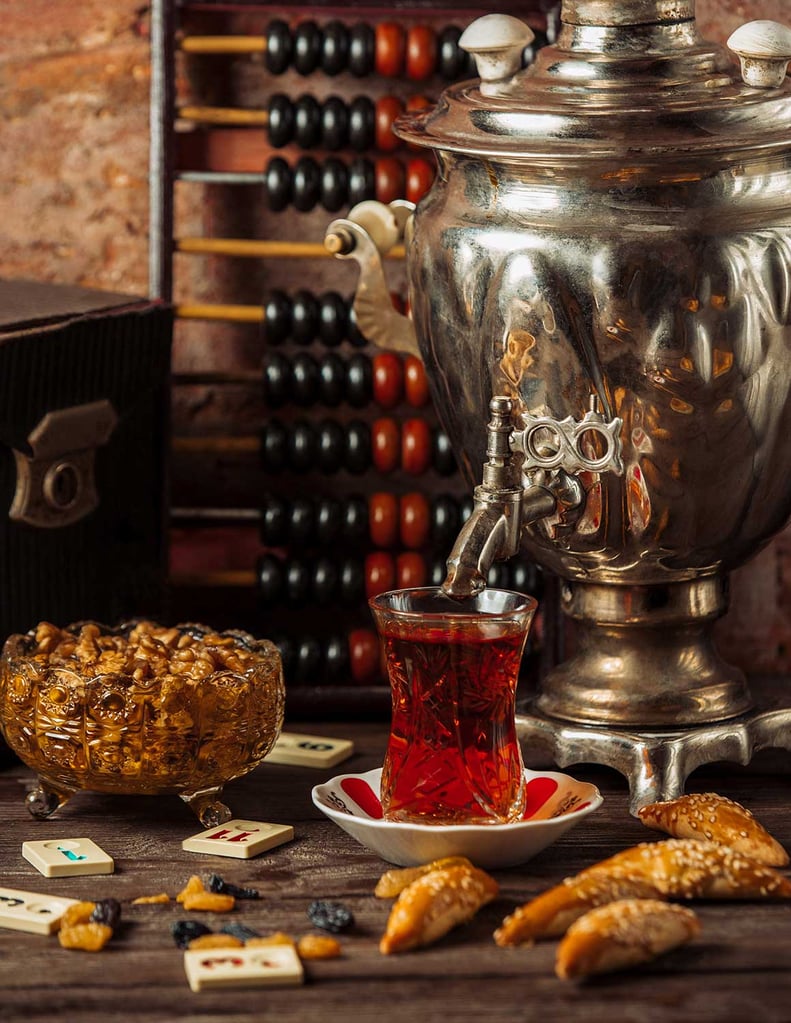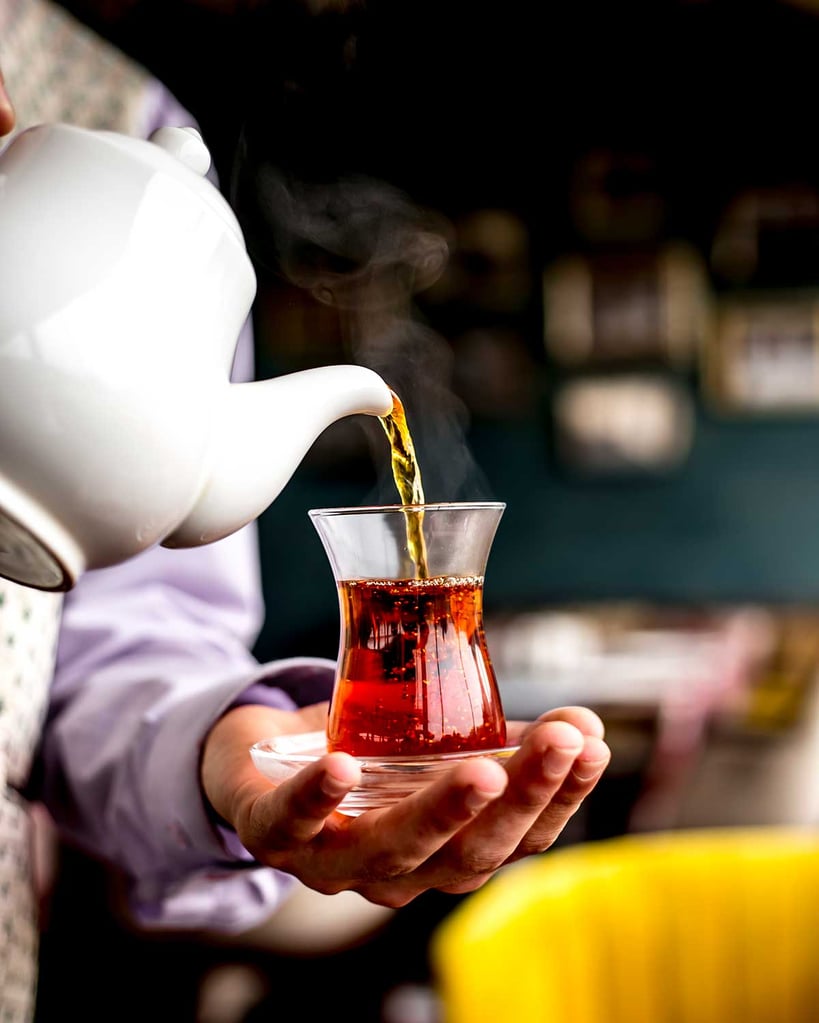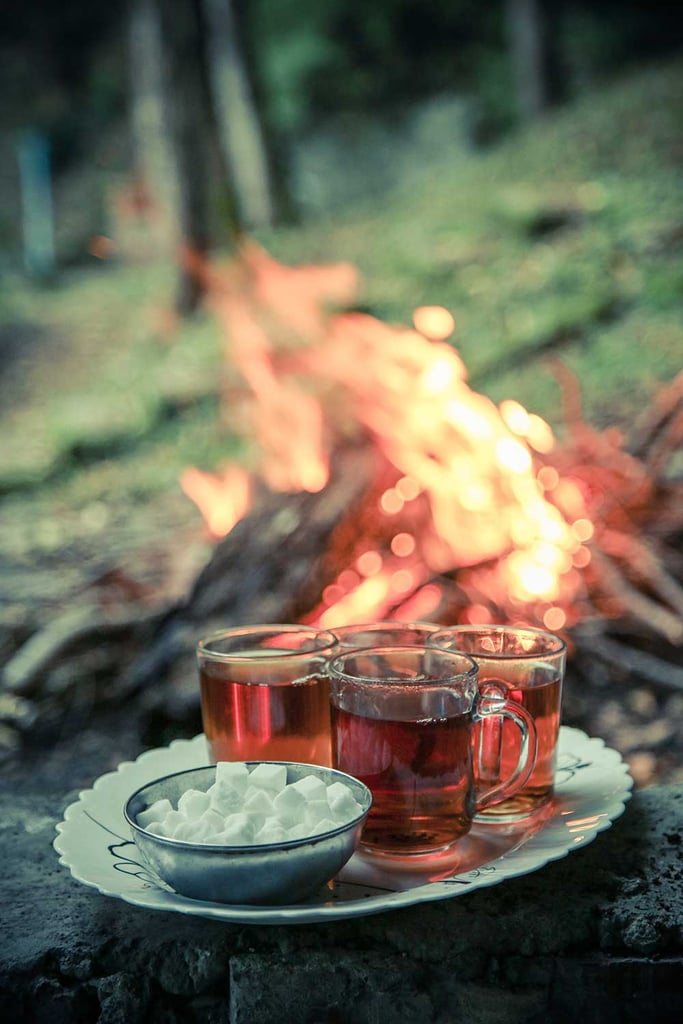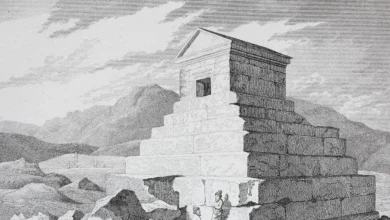Mystique of Iranian Tea Culture: Tradition, Rituals, and Flavors
A Journey into the Enchanting World of Iranian Tea Culture

Tea drinking in Iran is more than just a daily ritual; it is an integral part of the country’s culture and heritage. With a history dating back centuries, the ceremonies and customs surrounding tea are a window into Persian traditions. From how it is brewed and served to the rituals observed while drinking, Iranian tea culture is an immersive experience that engages all the senses.
Contents
A Brief History of Tea in Iran

After the spread of Islam, coffee was the most popular hot beverage for some time before tea steadily replaced it to become the national drink. The cultivation and industry of tea in Iran are about 100 years old.
The person most credited with popularizing tea on a mass scale is Mohammad Mirza Chaikar, known as the “Kashef-ol-Saltaneh.”
In 1876, he was appointed as Consul General of Iran in India. Leveraging his role as a merchant, he learned the art of tea plantation and helped introduce its consumption in Iran and worldwide.
Through tremendous effort, Kashef-ol-Saltaneh discovered quality tea varietals and pioneered their propagation, leaving a lasting legacy. He also chose the city of Lahijan for its ideal climate to grow tea. Today, it is the center of Iran’s tea cultivation.
His tomb in Lahijan is now the Tea Museum of Iran. In 1899, he brought 3000 tea saplings from Kangra Valley in Himachal Pradesh, India, and successfully planted them in Lahijan. After this, Mozaffar ad-Din Shah Qajar granted him the exclusive right to cultivate tea across Iran.
He established the first tea processing factory in Lahijan in 1912, kickstarting the domestic tea industry. Today, after water, tea is the most widely consumed beverage in Iran, deeply embedded in the culture and traditions of all its ethnic groups.
The Central Role of the Samovar

No discussion of tea in Iran is complete without mentioning the iconic samovar, which is central to Iranian tea culture. The samovar originated in Russia but became hugely popular in Iran from the mid-19th century. The term “samovar” literally means “self-boiling” since the traditional samovar is a metal container for heating water using coal or wood.
The samovar is usually made of copper or brass with intricate decorative patterns engraved. It has a spout at the bottom for pouring hot water and a chimney in the center for ventilation. Though modern electrical samovars are common, the traditional charcoal-heated ones hold more cultural significance.
The samovar is usually the centerpiece on a tea table and evokes a warm sense of community and hospitality. It keeps the water hot for steeping several pots of strong tea, which can be enjoyed over long conversations or shared among guests.
Elements of the Traditional Tea Ritual

The Iranian tea ritual pays attention to every detail, from the heating of the water to the way it is eventually served.
- The first step is to heat the water in the samovar until it reaches a rolling boil. This is essential for properly brewing the tea.
- Two to three teaspoons of loose black tea are added per person. The tea used is usually a robust black tea.
- The tea must be brewed strongly by completely immersing the leaves in hot boiling water from the samovar. It is then allowed to steep for 5-7 minutes.
- The tea is double strained into the warmed-up cups to remove leaves. It is often diluted with hot water from the samovar according to individual taste.
- Rock sugar cubes are provided for sweetening the tea. However, some people prefer drinking the strong bitter tea without any sweeteners.
- It is traditional to sip the tea from colorful estekan glasses often placed on top of a saucer. The estekan glasses have a narrow waist which retains the heat and keeps loose tea leaves from escaping.
- If desired, a slice of lemon, a piece of cinnamon stick, or a few leaves of fresh mint may be added to the tea for extra flavor. But usually, no milk or creamers are added.
Drinking Tea – More Than Just a Beverage

In Iranian culture, drinking tea is a socially meaningful activity rather than just a way to quench thirst. The tea-drinking ritual promotes relaxation, bonding, and congeniality.
Tea houses have been an important social institution in Iran for centuries. These neighborhood tea houses often have a samovar bubbling in the corner, surrounded by regulars engaging in conversation, listening to poetry recitals, or playing chess or backgammon.
In Iranian homes, serving tea to guests is a sign of hospitality. It accompanies every social gathering, whether happy or sad. From marriage proposals to funerals business dealings to family visits, tea is the ever-present drink that sets the mood.
The tea ceremony is a graceful, interactive tradition. The host brews and serves while the guests signal when they have had enough by placing their estekan glass upside down. This simplicity embodies the warmth and politeness of Persian culture.
Unique Iranian Tea Traditions
Every region in Iran has certain distinctive customs and subtle rules associated with drinking tea, which showcase the country’s diversity. Here are some examples:
- In Khuzestan province, it is respectful to brew a fresh pot of tea if a guest arrives, even if tea had just been prepared earlier. Not doing so is considered rude.
- Among the Bakhtiari nomads, tea is always brewed over a camping fire during social gatherings or long journeys. The smoke lends a beautiful aroma to the tea.
- In Kurdish culture, like most Iranian regions, older family members are served first out of respect before the younger ones.

Flavor and Strength
Iranians prefer strong tea with a robust flavor that stands up to additions and complements sweets. The strength is customized by controlling the brewing time and diluting individual servings with hot water.
They often judge the color and aroma first before tasting the tea. A light golden hue is considered weak. The perfect Persian tea is deep orange to dark brown. It exudes a rich, brisk aroma with earthy notes. The flavor is strong and balanced with a well-rounded bitterness.
Refreshing and Healthy
Persian tea is naturally refreshing and hydrating with its prebiotics and antioxidants. It is no coincidence that this nutritious beverage is so integral to Iranian culture. Studies have shown that it may help digestion, protect the heart, boost immunity, and increase bone density. Drinking several glasses of tea throughout the day with meals or during social visits provides steady, gentle stimulation without causing jitteriness. The amino acid L-theanine in tea leaves induces calmness, which adds to the therapeutic effect of this ancient ritual.
Unique Tea Flavors
Iranians love to flavor their strong tea as well subtly. Popular additions include:
Cardamom – A few green pods added to the pot or crushed and mixed with sugar cubes impart a rich, spicy aroma.
Rose Petals – Dried rose buds or fresh petals lend a delicate, sweet, floral note. Roses symbolize purity in Persian poetry and culture.
Saffron – A pinch of this exotic spice brings a fantastic aroma and golden hue. Saffron is widely used in Iranian cooking.
Cinnamon – A stick of dried cinnamon or a pinch of powdered cinnamon boosts the warmth and imparts a tingling sweetness.
Lemon – A squeeze of fresh lemon adds refreshing zing and balances the tannins.
Exploring Iran, Culture and History

Wrapping Up
Tea culture is woven into the very identity of Persia. Beyond being just a beverage, it is a medium for creating spiritual connections. From ancient caravanserais along the Silk Road to modern-day metropolises, the samovar continues to bring people together across generations. Tea drinking embodies the Iranian values of hospitality, respect, grace, and strength of heritage. Every sip of Persian tea contains centuries of tradition and culture.






